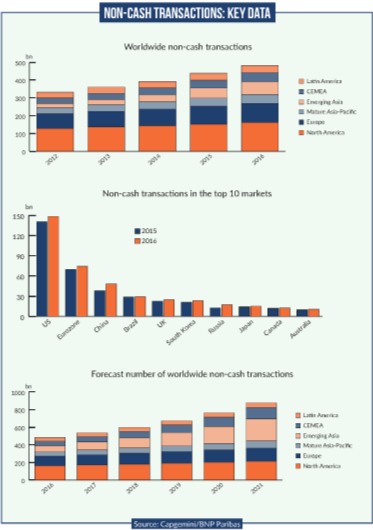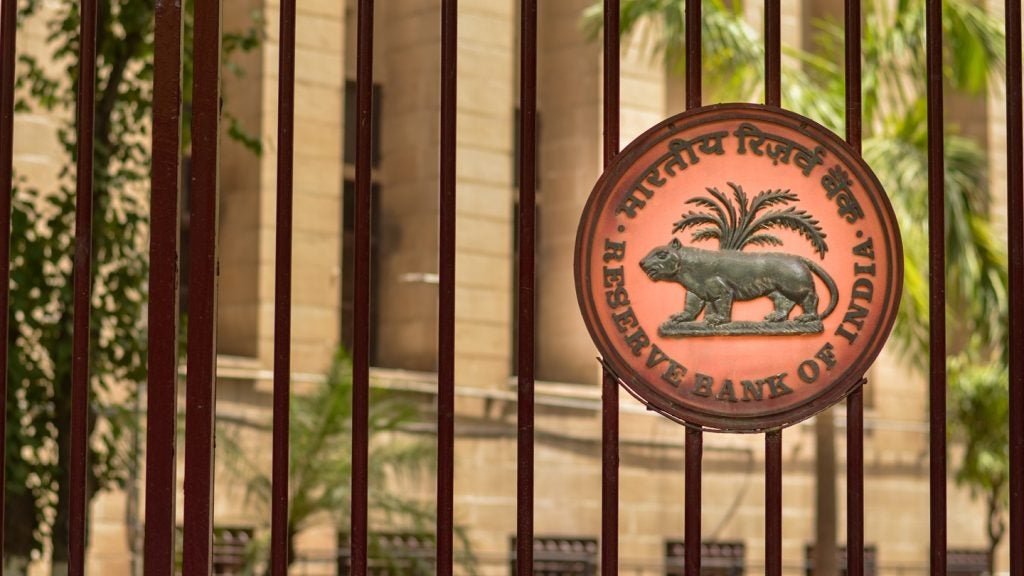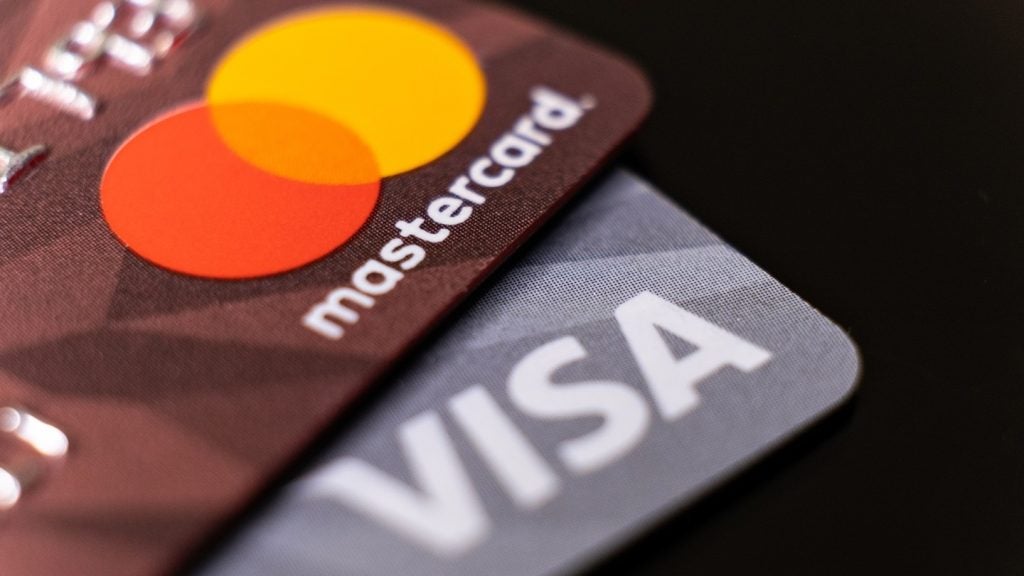
The non-cash transaction volume is still growing worldwide, according to the World Payments Report 2018. What is more, the growth also shows no sign of slowing – in fact, it is actually speeding up. Patrick Brusnahan reports
Global non-cash transactions grew at a rate of 10.1% in 2016, according to research from Capgemini and French bank BNP Paribas published in the World Payments Report 2018.

Access deeper industry intelligence
Experience unmatched clarity with a single platform that combines unique data, AI, and human expertise.
From this rise, the global non-cash volume hit 482.6 billion. However, the chief drivers of this growth came from Emerging Asia (25.2% growth) and Central Europe, the Middle East and Africa (CEMEA) (17.1%). In addition, developing markets recorded a rise of 16.5%. Fuelled by government intervention to improve financial inclusion, countries such as India (33.2%), China (25.8%) and South Africa (15.1%) witnessed some remarkable growth in non-cash payments. Growth is not limited to developing and emerging markets, however.
Mature Asia- Pacific, North America and Europe saw an average growth rate of 7.1%. Increases in non-cash are not set to slow down any time soon. The report predicts that non-cash transactions will accelerate at a CAGR of 12.7% globally between 2016 and 2021. Emerging markets will have an average CAGR of 21.6%.
Christophe Vergne, payments and world payments report leader at Capgemini, speaking to EPI, believes there will continue to be growth for a while yet.
“We’ve been observing strong growth in the last 15 years we’ve been making the report,” he notes.

US Tariffs are shifting - will you react or anticipate?
Don’t let policy changes catch you off guard. Stay proactive with real-time data and expert analysis.
By GlobalData“Growth has been actually accelerating in recent years. We were projecting a little bit over 10% last year, and this has accelerated by two points.
“When we look at the different markets, there is still growth and untapped potential. Our position is that growth will continue strongly; the plateau is far from being reached. Those lagging behind will accelerate and catch the leaders. This acceleration will continue for at least the next five years.”
He adds: “There’s no plateau in emerging markets. There was some slight plateau in China, but there are still two-digit-plus goals and they are still very strong. We are very confident that this industry will remain attractive.”
Currently contributing around one-third of non-cash transaction volume, by 2021, emerging markets contribute half of the total. To achieve that, emerging markets will grow at an exponential rate. Emerging Asia is expected to have a CAGR of 28.8%, driven by digital innovation, mobile payment adoption and financial inclusion initiatives.
Regional difference
So why are certain regions, particularly Emerging Asia and CEMEA, performing better than others?
Vergne’s explanation is pretty simple: “Emerging Asia’s success is partly down to population. It’s the largest region in the world.”
He continues: “As digital payments are now accessible, even for the non-banked population or people accessing tech through mobile, it opens a wide realm of opportunity. It is a 2 billion-person market equipped with mobile payments and mobile wallets: this is why it grows so fast.”
Another factor also made a huge impact: government influence. Jan Dirk van Beusekom, head of strategic marketing for cash management and trade finance at BNP Paribas, says:
“What also help in those regions are the measurements local governments take to promote non-cash transactions. Very often this is linked to anti-corruption measures.”
One particular example brought up was the demonetisation of bills in India. The decision by the Indian government to cancel the legal tender of INR500 ($7.50) and INR1,000 denomination notes, in an effort to tackle the country’s ‘black money’ issue, had widespread effects on the populace.
It has also, two years later, pushed people towards digital payments and solutions. Considering the sizable 1.3 billion population, electronic payments are not as much in vogue as one might expect. Cash accounts for 96.8% of the total payment transaction volume in India, a share that is expect to fall over the next five years. According to GlobalData’s research, the annual value of card transactions is $78.8bn, with an average annual spend per card of just over $98.
There is less than one card (0.63) per person, and an average of only 0.26 monthly card transactions per person. In contrast, China’s population has, on average, over four cards each, and Malaysia and Thailand have 1.71 and 1.52 respectively. So why the massive increases in CEMEA?
“They are the same, but different,” Vergne explains.
“There are strongly growing markets in CEMEA, mainly Russia and South Africa. The difference is that Africa is strongly growing in GDP; it’s not only growing in digital, but in economy as well.”
E-wallets
The global e-wallet transaction volume for 2016 is given as 41.8 billion in the report, comprising almost 8.6% of all non-cash transactions, and suggesting that there is plenty of market potential for big technology companies to expand. Google, Amazon, Facebook, Apple, Alibaba, and Tencent could all gain much more. ‘Bigtech’ already accounted for 71% of the global e-wallet market in 2016.
The report states: “These companies are leveraging their large-platform user base to make an impact in the payments space, focusing on providing seamless user experience and value-added features, and making use of network effects. Incumbents should learn from the bigtechs and invest in technology platforms in order to compete with them.”

Big Tech
This rise in bigtech is reasonably sudden, and could be quite worrying for banks. How much market share will these companies gain?
Vergne says: “Firstly, we wanted to put a number on the market share of bigtech. It’s essential, and they are close to 10% of the market. You must remember that this market is the official market. Three years ago, we measured what we called the ‘grey’ market, which were all these closed-loop solutions, which wasn’t part of the banking industry but another 10-15% of the market. It’s a proportion of payments outside of the banking world that is quite substantial. Also they have great reserves of data,” Van Beusekom continues:
“Bigtechs and fintechs have a different mindset first of all, but also up to now, they have been not subject to the same regulatory rules as banks have. That’s a big reason why banks are lagging, but I think they are reacting currently. That’s definitely something which has given the opportunity to bigtechs to gain some market share.”
In addition, a large part of the bigtech market share is in China, with two of the world’s biggest players: Alibaba and Tencent.
“Alipay and WeChat Pay represent a large share of the bigtech market, and they operate in a market where banks are totally deficient in providing efficient payment solutions. On this green field and on their platforms, Alibaba and Tencent were able to directly move to digital,” Vergne explains.
However, do banks really need to worry? Customers have relationships with companies such as Google and Amazon, but are they trusted? According to research from Bain, US consumers give Amazon much higher loyalty scores than they give banks. Among Amazon Prime respondents, nearly two-thirds would try a free online bank account from Amazon. Even people who do not purchase from Amazon would give it a go – well, 37% of them anyway. Another aspect of this is that Amazon customers are considered to be valuable. They have a hold on 75% of US household wealth and make up 75% of the wealthiest households’ assets.
According to Vergne: “The trust is different from the trust given to banks. Banks are still the most trusted for data storage or cash handling. Bigtech will be trusted for customer orientation, customer service and maybe even for innovation. None of them have tried to replace banking services, but they go on top of existing services.”
Van Beusekom adds: “Questions we see very often arise around the quality of service and the duration of the service. “It’s maybe not so much with bigtechs, but with fintechs. Consumers are overwhelmed with supply because there are so many and they are not used to it all and what part of the value chain they take up.
“There are other questions around fintechs: will they be around in two years’ time? In that regard, banks are still trusted,” Van Beusekom concludes.







